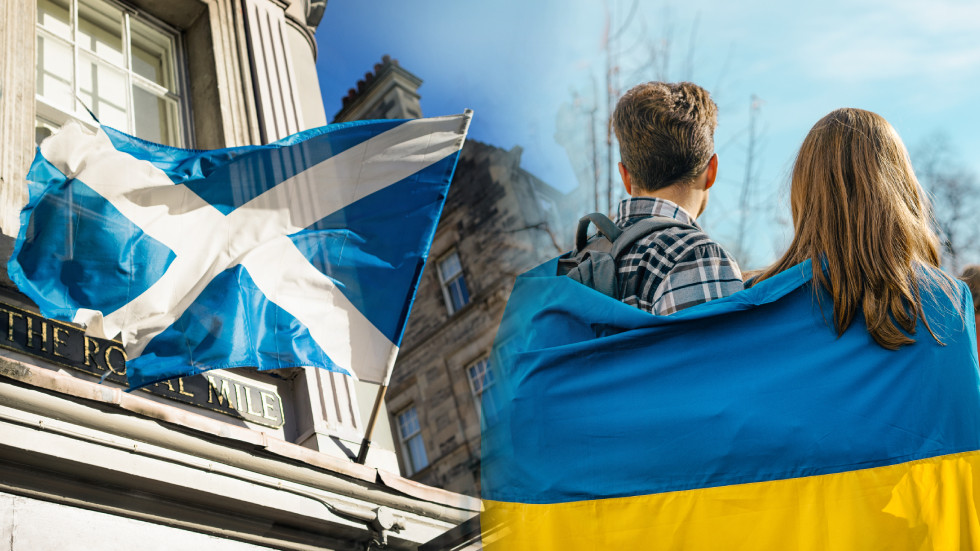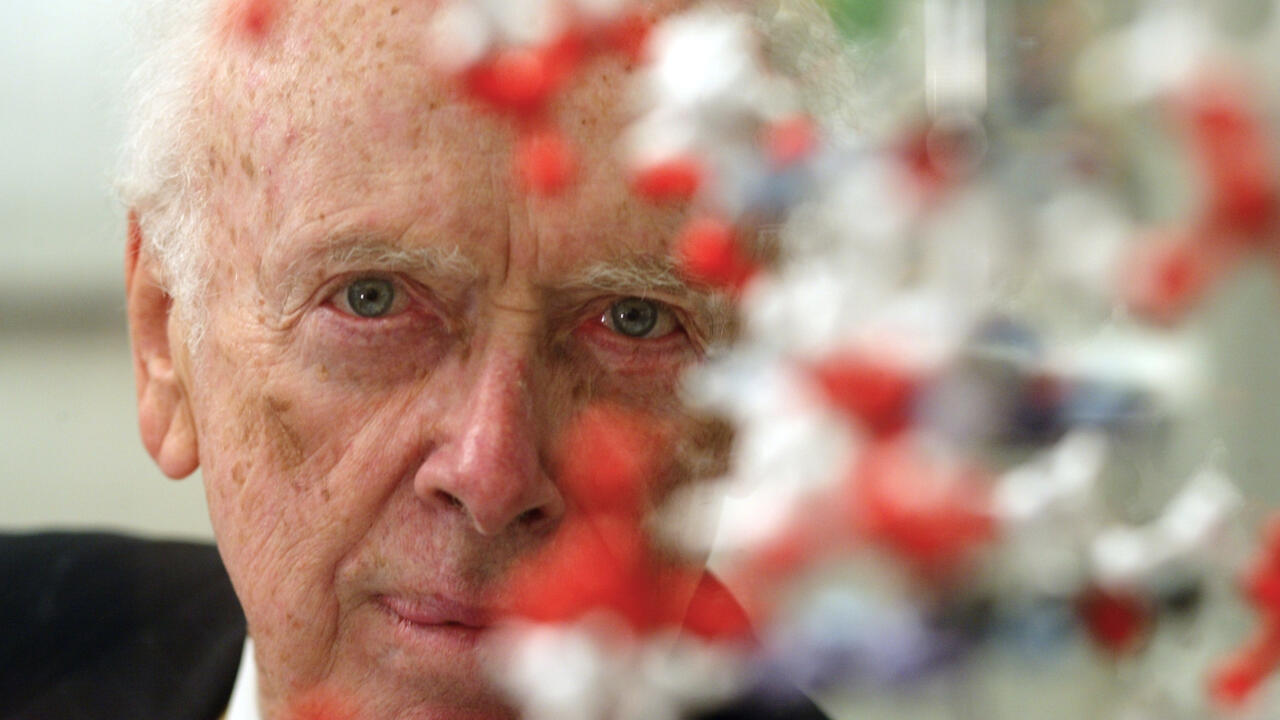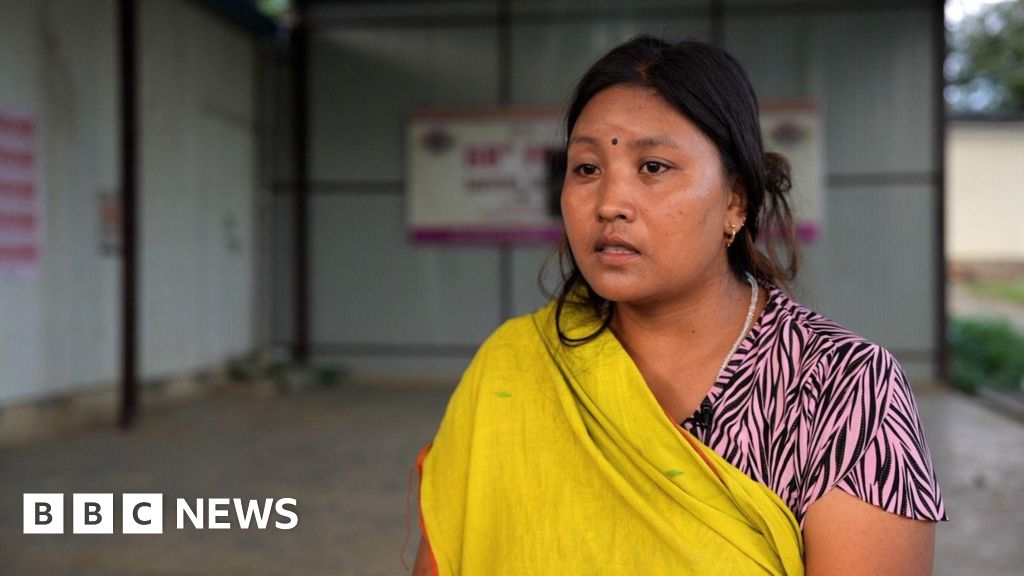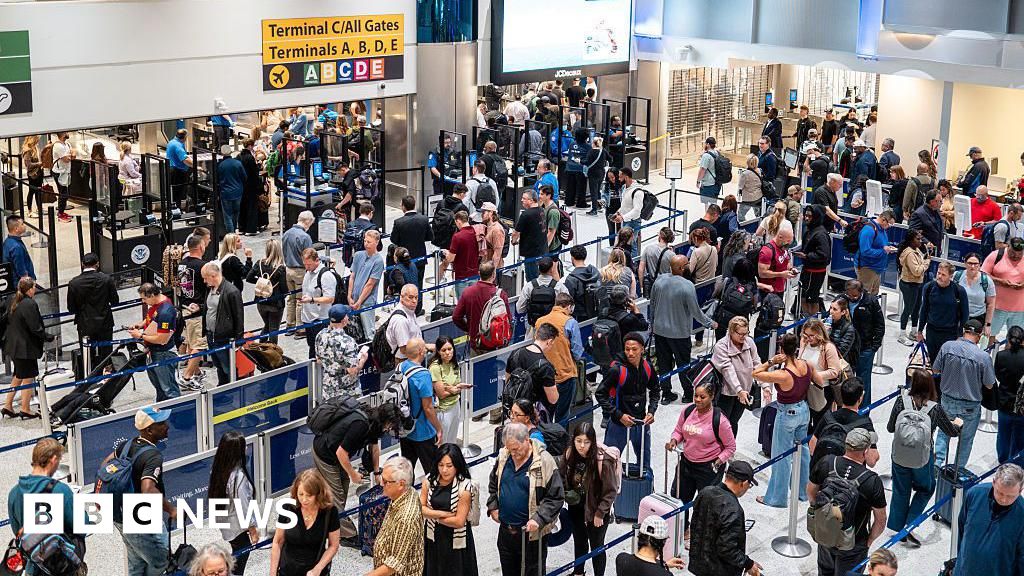Officials in Jamaica have urged people to stay inside their shelters as Hurricane Melissa churns towards the Caribbean island as the most destructive storm on record to hit the area.
The Category 5 hurricane is expected to make landfall early on Tuesday near St Elizabeth Parish in the south and leave the island around St Ann Parish in the north.
Recommended Stories
list of 4 items- list 1 of 4Jamaica readies for ‘catastrophic’ hazards from Hurricane Melissa
- list 2 of 4Hurricane Melissa: Where and when will it make landfall in Jamaica?
- list 3 of 4Officials warn Hurricane Melissa could be ‘catastrophic’ for Jamaica
- list 4 of 4Hurricane Melissa, now Category 4, threatens heavy floods in Jamaica, Haiti
Andrew Holness, the Jamaican prime minister, appealed to the public to stay indoors.
“I urge all Jamaicans to stay inside and remain within the safety of your homes. Avoid unnecessary travel. Strong winds, heavy rains and flash floods can occur at any moment,” he said late on Monday.
“Staying indoors is the safest option and reduces the burden on our security and emergency personnel,” he added.
I am satisfied that our security forces are properly deployed to maintain law and order during this disaster. In times like these, there are always individuals who may act against the common good, and we must protect both our communities and those individuals.
Our security… pic.twitter.com/He0yyB24hZ
— Andrew Holness (@AndrewHolnessJM) October 28, 2025
Holness went on to warn of enormous destruction.
“There is no infrastructure in the region that can withstand a Category 5,” he said, referring to the strongest storm on the Saffir-Simpson scale. “The question now is the speed of recovery. That’s the challenge.”
‘Catastrophic’ winds, flooding
The storm already has been blamed for seven deaths in the Caribbean – three in Jamaica, three in Haiti and one in the Dominican Republic, where another person remains missing.
The United States National Hurricane Center (NHC) reported late on Monday that Melissa was still 240km (150 miles) southwest of Kingston with maximum wind speeds of 282km/h (175mph).
It said the storm was expected to bring “catastrophic winds, flooding and storm surge” to Jamaica on Tuesday.
Landslides, fallen trees and numerous power outages were reported ahead of landfall as officials also warned of a life-threatening storm surge of up to 4 metres (13ft) across southern Jamaica.
Desmond McKenzie, Jamaica’s local government and community development minister, told Al Jazeera the government had done all it could to prepare.
“We have put everything in place in regards to what are required in terms of evacuation, getting people to our shelters, providing the requisite resources, … and we have been cleaning our drains. We have been cleaning our gulleys,” he said from Kingston.
“We have done all the mitigation exercises. We have done public education, and now it is a matter of seeing what the outcome of Melissa will be,” he said.
McKenzie said 881 shelters have been set up across the country.
“I must admit that not all the shelters have persons in the shelters. We have seen an uptick in the number of persons turning up to the shelters. The demand in certain parishes are much greater than in some,” he said.
‘I am not moving’
Despite the pleas to evacuate, many residents said they were staying put.
“I am not moving. I don’t believe I can run from death,” Roy Brown told the AFP news agency in Kingston’s seaside area of Port Royal.
The plumber and tiler said he was reluctant to flee because of his past experiences with the poor conditions of government hurricane shelters.
In the Flagaman farming community of St Elizabeth, some residents were hunkering down in a store.
Owner Enrico Coke said he opened his place for fear that his neighbours had nowhere to go.
“I’m concerned about farmers. The fishermen will be suffering after this,” he told AFP. “We’ll need help as soon as possible, especially water for the people.”
Colin Bogle, a Mercy Corps adviser based near Kingston, said most families are sheltering in place despite the government ordering evacuations in flood-prone communities.
“Many have never experienced anything like this before, and the uncertainty is frightening,” he told The Associated Press news agency. “There is profound fear of losing homes and livelihoods, of injury and of displacement.”
Meteorologists said part of Melissa’s punch stems from its slow pace: It is lumbering along slower than most people walk, at just 5km/h (3mph) or less.
That means areas in its path could endure punishing conditions for far longer than during most hurricanes.
 People take shelter in a school before Hurricane Melissa’s forecast landfall in Old Harbour, Jamaica, on October 27, 2025 [Matias Delacroix/AP Photo]
People take shelter in a school before Hurricane Melissa’s forecast landfall in Old Harbour, Jamaica, on October 27, 2025 [Matias Delacroix/AP Photo]Climate change
After pummelling Jamaica, Melissa is forecast to cross over eastern Cuba on Tuesday night.
A hurricane warning was in effect for Granma, Santiago de Cuba, Guantanamo and Holguin provinces while a tropical storm warning was in effect for Las Tunas.
Up to 510mm (20 inches) of rain were forecast for parts of Cuba along with a significant storm surge along the coast.
Cuban officials said on Monday that they were evacuating more than 600,000 people from the region, including Santiago, the island’s second largest city.
A hurricane warning was also in effect for the southeastern and central Bahamas, and a tropical storm warning was issued for the Turks and Caicos Islands.
Meteorologist Kerry Emanuel said global warming was causing more storms to rapidly intensify as Melissa did, raising the potential for enormous rains.
“Water kills a lot more people than wind,” he told AFP.
The last major hurricane to impact Jamaica was Beryl in July 2024 – an abnormally strong storm for that time of year.
“Human-caused climate change is making all of the worst aspects of Hurricane Melissa even worse,” climate scientist Daniel Gilford said.

 1 month ago
17
1 month ago
17










 English (US) ·
English (US) ·